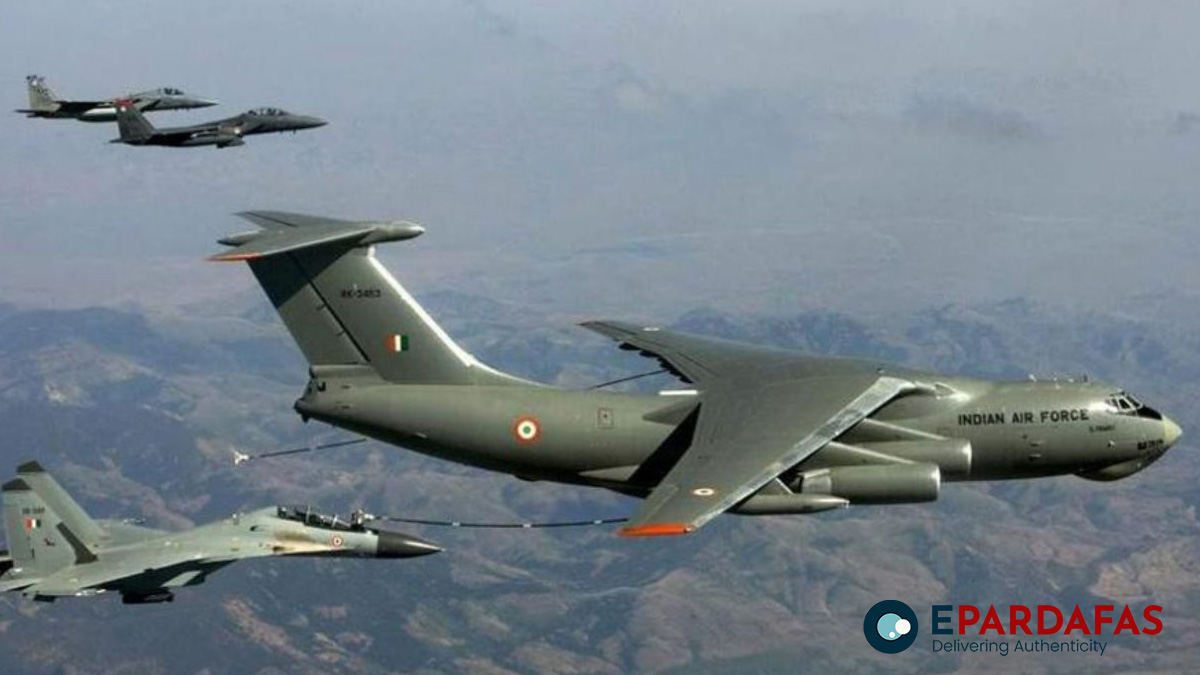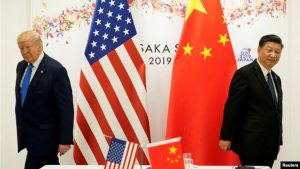
Indian Air Force to Maintain Deployment Amid India-China Border Disengagement

The Indian Air Force (IAF) has decided to maintain its current deployment along the disputed border with China, even after the recent military disengagement at specific friction points in Ladakh. Analysts suggest this decision underscores the complexity of achieving lasting peace in the region.
Despite the disengagement agreement announced on October 21, which aimed to ease tensions ahead of the harsh winter in the high-altitude border region, experts argue that the move does not equate to de-escalation. Pathikrit Payne, a senior research fellow at the Syama Prasad Mookerjee Research Foundation in New Delhi, emphasized, “Disengagement doesn’t mean de-escalation or demobilization. Troops and military infrastructure remain in place, prepared for potential conflicts.”
Disengagement Amid Distrust
The disengagement deal came shortly before the BRICS summit in Kazan, where Indian Prime Minister Narendra Modi and Chinese President Xi Jinping met for the first time since the 2020 Galwan Valley clash. The two leaders agreed to further talks between their special representatives to seek a “fair, reasonable, and mutually acceptable solution” to the long-standing boundary dispute.
However, Namrata Hasija, a research fellow at the Center for China Analysis and Strategy, questioned the sincerity of China’s intentions, saying, “There’s zero trust between India and China. The hype around disengagement is merely Chinese optics to protect their economic interests in India’s market.”
Payne highlighted that while disengagement has temporarily reduced the proximity of soldiers at confrontation points, both sides remain vigilant. “Soldiers have not returned to their barracks. Both sides continue to sharpen their knives,” he remarked, describing the disengagement as a diplomatic achievement for India.
Additional Troop Deployment
In a separate move, India has reinforced its troop presence in Arunachal Pradesh, deploying 5,300 personnel along the eastern sector of the disputed border. According to reports, four new battalions of the Indo-Tibetan Border Police (ITBP) have been stationed, with plans to add three more. This expansion, the largest in over a decade, includes more than two dozen new border outposts.
Hasija asserted that this buildup signals the persistent challenges in achieving genuine disengagement. “The additional deployment proves that trust-building will be a long process,” she said. Indian Army Chief General Upendra Dwivedi echoed this sentiment, acknowledging the significant trust deficit between the two nations.
A State of ‘No War, No Peace’
Although disengagement agreements have seen some Chinese troops return to pre-2020 positions, Indian forces remain cautious. Payne noted that this marks a rare instance where China has stepped back from previously claimed positions.
However, Payne clarified that the troop buildup does not necessarily indicate escalating tensions but rather a commitment to readiness. “We are at a state of no war, no peace. India’s focus is on being fully prepared for any eventuality,” he concluded.
The disengagement efforts, while a step forward, continue to reflect the underlying mistrust and strategic challenges in managing one of the world’s most contested borders.
- Rastriya Swatantra Party MP Challenges PM Over Corruption at Pokhara International Airport
- Contempt of Court Case Filed Against Nepali Congress General Secretary Gagan Thapa
- Over Five Billion Rupees in Unspent Budget Returned to State Treasury
- Depleting Water Sources in Mustang Threaten Agriculture and Livestock












Comments